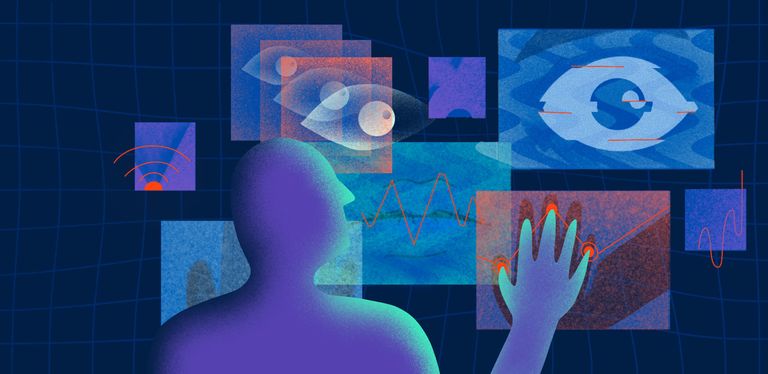I've created a course to teach you how to navigate this world.
By learning the ins and outs of machine learning, you'll understand what to look for and how to avoid ethical problems.

If you've been researching artificial intelligence (AI) for a while, you're probably wondering how ethical AI is going to be. Machine learning (ML) has emerged as the de facto method of AI. It works by training a neural network, essentially a large array of neurons, that performs a specific task.
Here's what you need to know to navigate this new ethical territory:
What's a neural network?
What are the limitations of ML?
What does it mean for AI ethics?
Which is the ethical way of doing machine learning?
In which cases might machine learning be unethical?
What kind of AI might be ethical?
How can you keep your machine learning ethical?
This class will teach you everything you need to know to use this technology ethically, and avoid becoming another victim of the technology.
STEP 1: Learn the Basics
A neural network is comprised of several layers of artificial neurons. Each neuron is connected to every other neuron in the next layer, and each layer is connected to the next layer. The first layer of neurons is called the input layer.
When a computer starts training its neural network, it sends an input pattern through the input layer and then forward through each successive layer until the last layer. The last layer consists of output neurons, and it is the last layer that produces a final answer.
STEP 2: Look for Limitations
Even with this simplified explanation of a neural network, you can see how it's easy to end up with a complex system with lots of layers, and lots of interconnections. In fact, the largest neural networks today have thousands of connections between neurons, and hundreds of layers.
As more layers are added, it becomes increasingly difficult to find out why a particular prediction was made. It's easy to understand how a neural network would be useful for image recognition, but what about natural language processing?
STEP 3: Understand the Ethics of Machine Learning
With the explosion of machine learning applications, it's tempting to view this technology as a magic bullet that can accomplish anything. But this is far from the case.
In fact, in some fields, ML is actually unethical because it replaces human judgment. If you look at examples of medical diagnosis, for example, a machine learning algorithm can never achieve the accuracy of a doctor who looks at a patient.
If a doctor doesn't spend the time to examine and diagnose a patient, why should we expect a machine to do it more effectively? In other words, if the doctor doesn't spend the time to figure out whether a person needs to see a specialist or not, why should we expect a machine to do it more effectively?
This may seem strange because, for many years, doctors didn't think that computers could ever replace their judgement. However, it's important to remember that doctors were wrong
It’s getting tricky